The programme is only conducted in Lithuanian language. Entry requirements for this particular programme can be found in the programme description provided in Lithuanian language.
in Lithuanian
Creativity that engages and connects worlds
This programme equips you with the knowledge and skills to create innovative digital content and multimedia systems. As a Multimedia Technologies student, you will learn filmmaking, video and audio processing and editing, three-dimensional animation modelling, and the development of computer games and virtual reality solutions. Using the latest computer tools, graduates become multimedia technology specialists, able to create innovative digital experiences that can be applied in fields ranging from entertainment to media technology.
The name of this study programme will be changed from “Translation of Technical Texts” to “Language Technologies and Translation.”
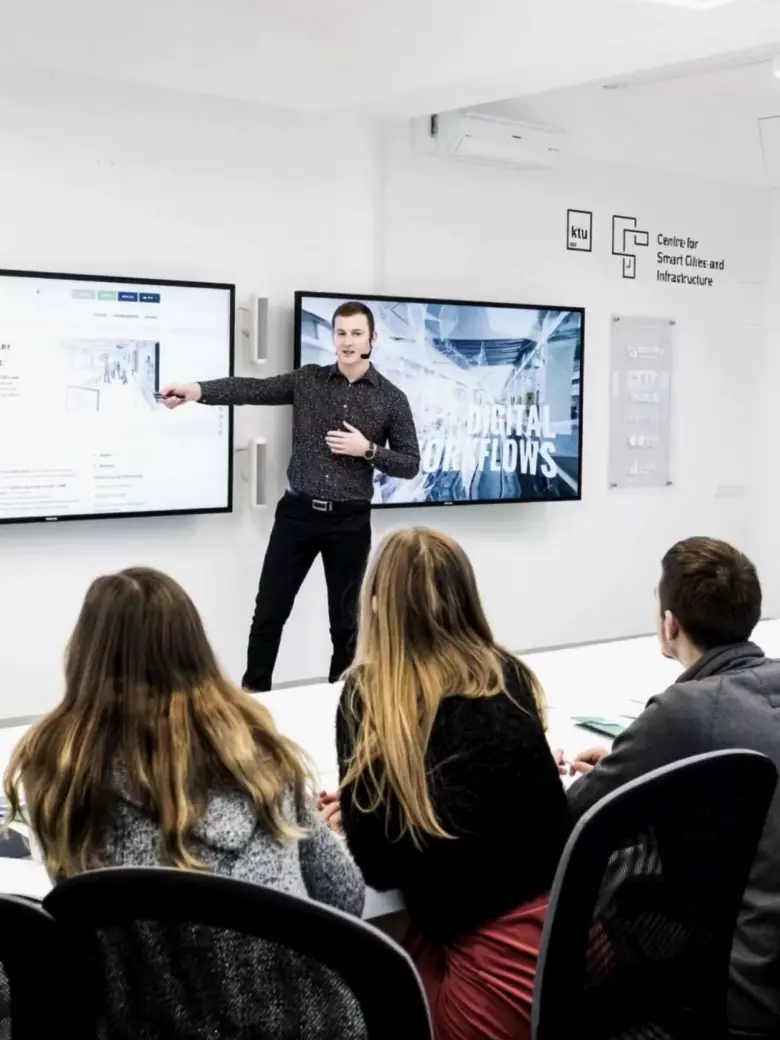
This study programme was inspired by the cooperation with Lithuanian National Radio and Television (LRT). The Multimedia Technologies programme trains graduates who are the link between the artist (painter, scriptwriter, director) and the digital content published in the public space.

You will have access to project work classrooms, modernised computer labs, a virtual reality studio and an audiovisual technology lab. You will also learn how to use Adobe Creative Cloud, Blender, Godot, DaVinci Resolve, LRTimelapse and OBS Studio software tools.
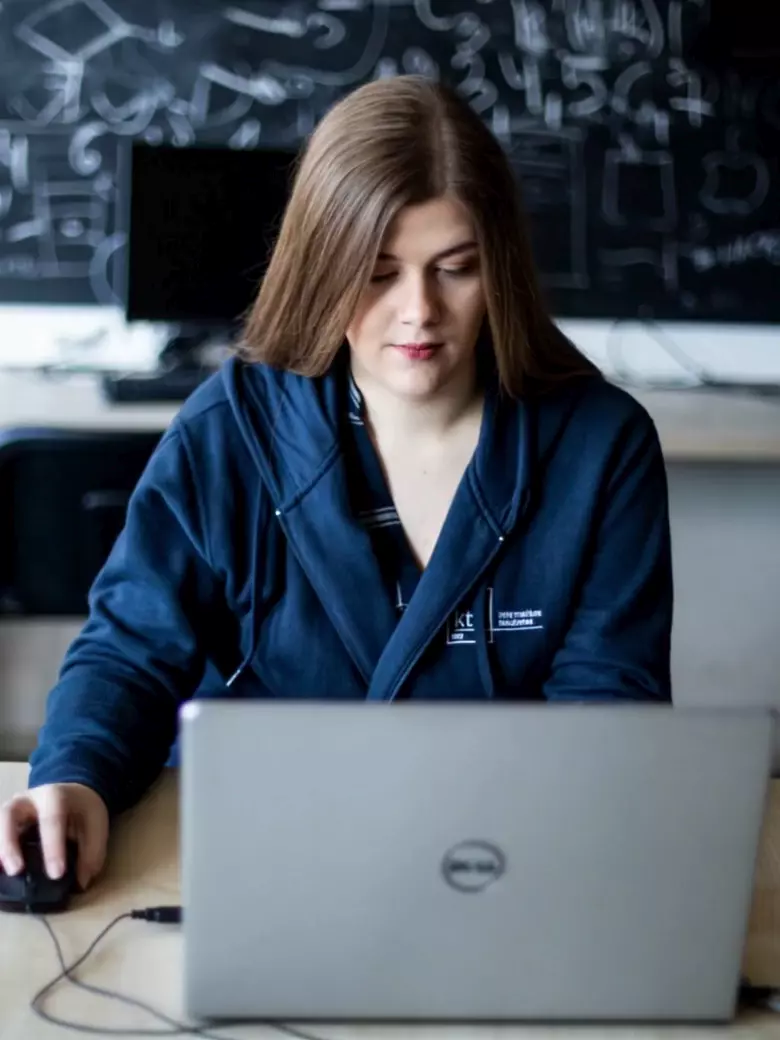
You will join a product development project where you will work in teams in collaboration with KTU researchers and social partners. Together you will solve current problems and find solutions that will improve your teamwork and project management skills, deepen your professional knowledge and broaden your career opportunities.
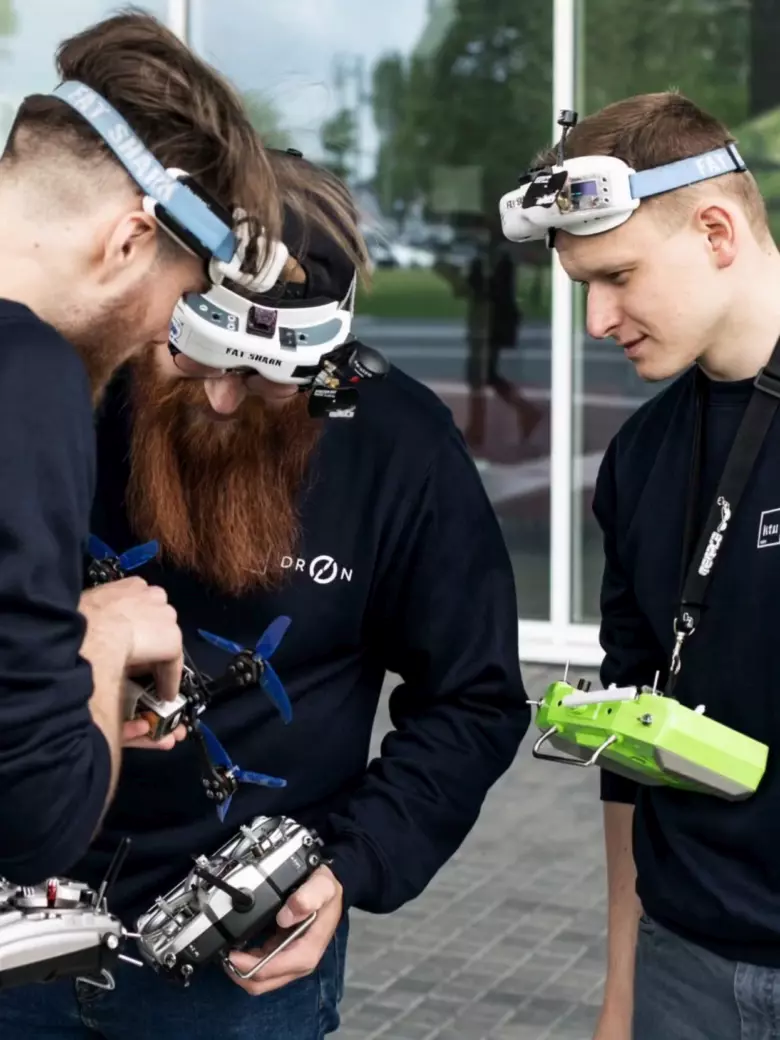
The field of multimedia technology is particularly broad, so at the end of the second year of study, students can choose between two specialisations or create a tailor-made combination of study modules.
The programme provides you with the knowledge and skills to create interactive multimedia solutions and content. You will learn about tools for creating and editing audio, video and three-dimensional animation, and gain practical skills in creating computer games, virtual reality solutions and high-quality digital content.
You’ll also explore the application of multimedia technologies in areas ranging from the entertainment industry to business solutions.
Here are some of the careers you can pursue after your studies:
Develops graphics applications, mobile apps, games, virtual and augmented reality solutions. Responsible for visual and audio content, interactive elements and user interfaces.
Designs and develops computer games, ensuring their successful installation and ongoing support.
Creates interactive digital environments by modelling 3D spaces, animating objects, and integrating sound and artificial intelligence to deliver immersive virtual experiences.
| Module name | Credits | Method of organisation |
|---|
| Computer Graphics | 6 | On-campus learning |
| Fundamentals of Object-Oriented Programming 1 | 9 | On-campus learning |
| Introduction to Studies of Informatics | 9 | On-campus learning |
| Mathematics 1 | 6 | On-campus learning |
| Module name | Credits | Method of organisation |
|---|
| Fundamentals of Object-Oriented Programming 2 | 6 | On-campus learning |
| Mathematics 2 | 6 | On-campus learning |
| Physics 1 | 6 | On-campus learning |
| The First Principles of Digital Logic | 6 | On-campus learning |
| Media Philosophy | 6 | Blended learning |
| Sustainable Development | 6 | On-campus learning |
| Module name | Credits | Method of organisation |
|---|
| Academic and Technical Communication in English (Level C1) | 6 | On-campus learning |
| Basics of Data Structures | 6 | On-campus learning |
| Computer Architecture | 6 | On-campus learning |
| Discrete Structures | 6 | On-campus learning |
| Theory of Probability and Statistics | 6 | On-campus learning |
| Module name | Credits | Method of organisation |
|---|
| Databases | 6 | On-campus learning |
| Design and Analysis of Computer Algorithms | 6 | On-campus learning |
| Multimedia System Engineering | 6 | On-campus learning |
| Operating Systems | 6 | On-campus learning |
| Software Engineering | 6 | On-campus learning |
| Module name | Credits | Method of organisation |
|---|
| Computer Networks and Internet Technologies | 6 | On-campus learning |
| Fundamentals of 3D Modelling | 6 | On-campus learning |
| User Experience Design | 6 | On-campus learning |
| Visual Design | 6 | On-campus learning |
| Sound Technology | 6 | On-campus learning |
| Fundamentals of Computer Game Development | 6 | On-campus learning |
| On-campus learning |
| Module name | Credits | Method of organisation |
|---|
| Composition and Ethics of Digital Content | 6 | On-campus learning |
| Product Development Project | 12 | On-campus learning |
| Advanced 3D Modelling Methods | 6 | On-campus learning |
| Image Syntax | 6 | On-campus learning |
| Fundamentals of App Development | 6 | On-campus learning |
| Fundamentals of Programming of Special Effects for Games | 6 | On-campus learning |
| On-campus learning |
| Module name | Credits | Method of organisation |
|---|
| Digital Audio and Video Systems | 6 | On-campus learning |
| Interactive Web Technology | 6 | On-campus learning |
| Optional Subjects 2026 IF | 6 |
| Front End Programming | 6 | On-campus learning |
| TV Content Production | 6 | On-campus learning |
| Artificial Intelligence for Gaming | 6 | On-campus learning |
| Virtual Reality Technologies | 6 | On-campus learning |
| On-campus learning |
| Module name | Credits | Method of organisation |
|---|
| Bachelor’s Degree Final Project | 15 | On-campus learning |
| Professional Internship | 15 | On-campus learning |
The programme is only conducted in Lithuanian language. Entry requirements for this particular programme can be found in the programme description provided in Lithuanian language.
in Lithuanian
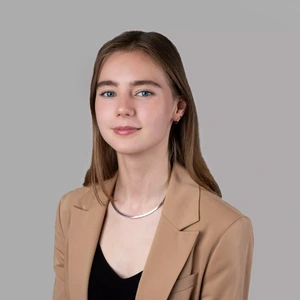
This study programme allows you to express yourself through various forms of multimedia – design, animation, programming and audiovisual projects. Here I can combine technology with creativity, experiment and create a variety of interactive projects that give me a lot of freedom of expression. KTU lecturers are always supportive and open up even more opportunities, helping me to try out new fields and grow both academically and professionally.
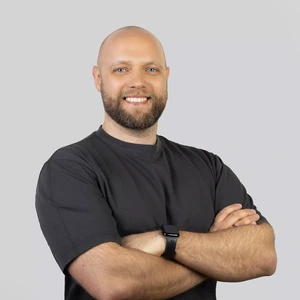
This study programme has proved to be a perfect choice as it allows us to gain competencies in design and programming. During my studies, I already set up a small design agency, creating 2D and 3D animations, print and mobile app design. KTU provided diversity, which taught me how to solve problems systematically. Today, in my daily work, I try to make technology friendly and understandable to everyone.
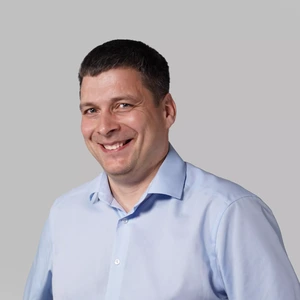
KTU is one of the strongest in the field of information technologies. We can see it ourselves, and we have heard this from numerous colleagues – managers of other companies. This university’s graduates come to work possessing strong technical skills. In the age of Netflix, YouTube, Instagram, and TikTok, multimedia technologists are in high demand and the need for them is only going to increase, as image and sound are crucial for professional representation of persons and companies.
This course is taught exclusively in Lithuanian. There are no alternative language options for teaching or assessment.
Multimedia technologies include the creation, processing, storage and presentation of text, audio and video. Multimedia technologies are used in a wide range of fields, including video recording and editing, computer graphics and animation, game development, and virtual and augmented reality solutions.
Multimedia Technologies graduates can work as graphic and multimedia designers, web developers, multimedia developers, computer game developers, broadcasters, audio and video systems technicians.
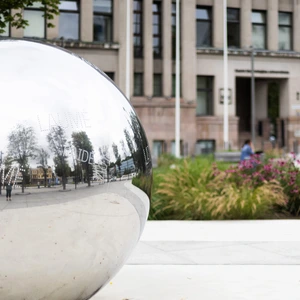
Talk to us, study with us:
K. Donelaičio St. 73, LT-44249 Kaunas
phone +370 679 44 555
email studijos@ktu.lt
Faculty of Informatics
XI Chamber
Studentų St. 50, LT-51368 Kaunas
email if@ktu.lt
 virtual tour
virtual tour